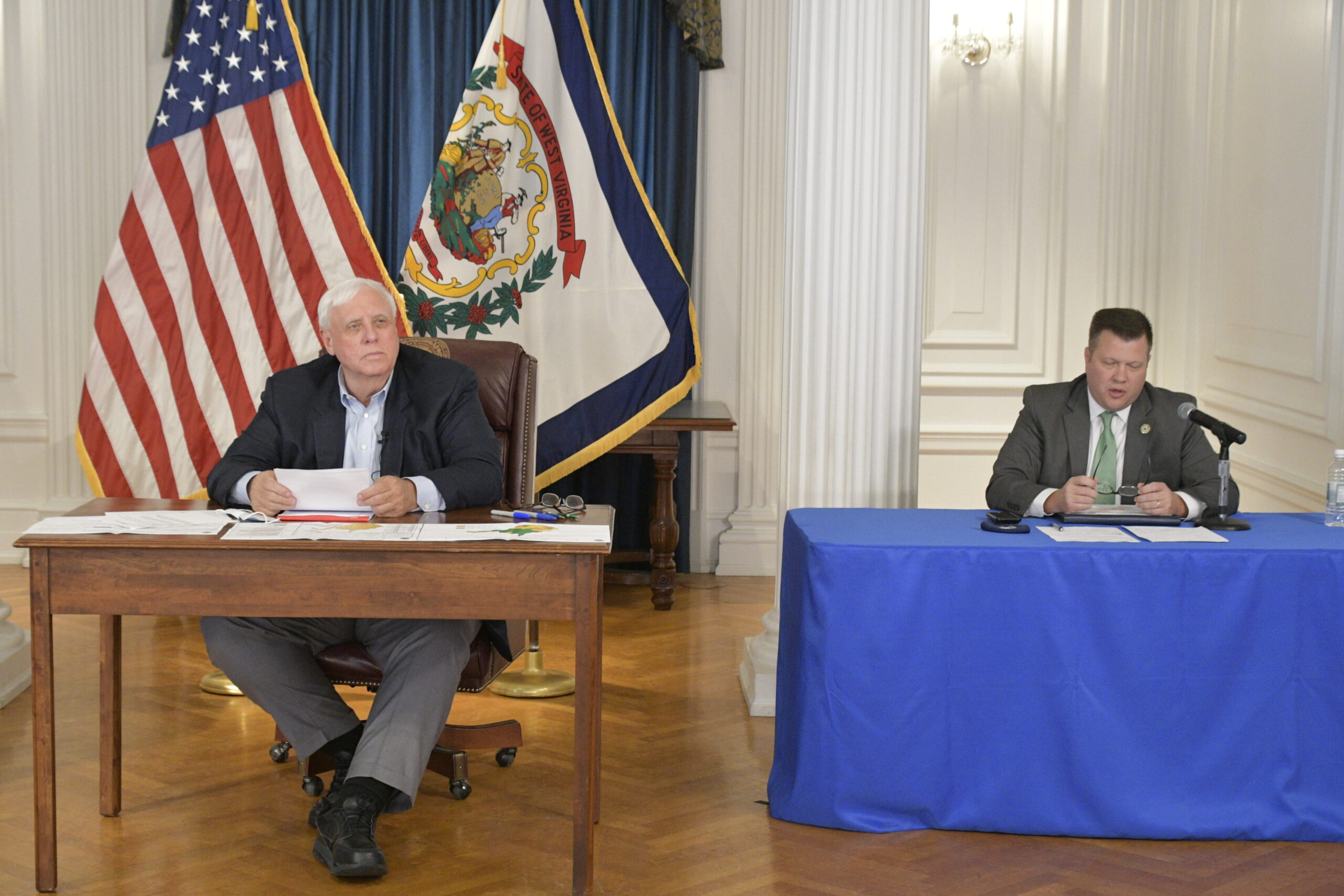MORGANTOWN – State education leaders talked with the press Wednesday afternoon about the challenges they’ve faced during the pandemic and what lies ahead.
This was the third and final West Virginia Press Association legislative lookahead virtual meeting (a Thursday meeting previously mentioned has been canceled).
Kids had to get fed even while they weren’t in school buildings, and State schools Superintendent Clayton Burch said they served 27 million meals from the time schools closed in March through the end of December. Typical summer meal service is 5,000 and last summer they served 8 million.
Broadband access inequity was a problem before the pandemic, he said, and became a huge problem after it hit. He mentioned again the significant failure rates for virtual and remote learing – a full third of kids failing at least one core class.
The number of kids using virtual learning jumped from 2,000 to 50,000, he said, and they’ve learned what good virtual learning looks like, and what it doesn’t look like. Some counties were able to develop their own successful platforms.
“There is no substitution for a teacher in the lives of a child,” he said, and they remain fearful for those children without a voice. Looking ahead, they want to beef up teacher preparation, close the teacher shortage and recruit people, expand broadband and ensure adequate funding.
Higher Education Chancellor Sarah Tucker said, “It’s been a rocky year.”
Only 50.5% of recent high school graduates are choosing to go to college compared to 69% nationally, she said. PROMISE applications are down 50% and FAFSA federal aid applications are down 25% – caused by a variety of factors, including family challenges and lack of access to apply.
She said she’s been consulting with legislators on a couple initiatives that may pan out into proposed legislation. One is providing more resources for student mental health – through acquiring more resources, hiring more staff, expanding telehealth and tele-groups, among other things.
The other is catching up on the nursing shortage by dealing with such things as sufficient clinical spots, adequate faculty salaries to match what they can make in the field, available spots in nursing programs and solving retention issues.
Mira Martin, Fairmont State president and head of the Council of Presidents – which includes all the state’s higher education presidents – said the pandemic has served to bring a new unity to the group and led to collaboration on common goals.
Tweet @dbeardtdp




